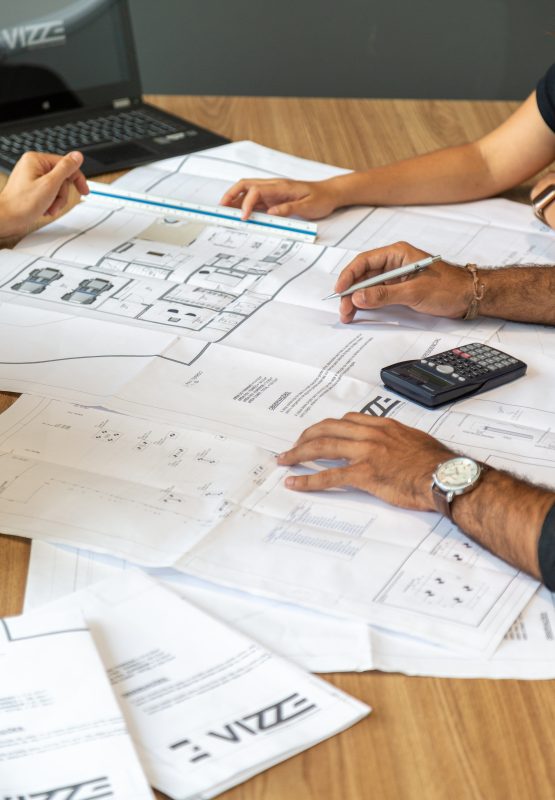Master Planning in Urban Development: 5 Key Principles to Remember
09 January 2024
Unlock the secrets of successful urban development master planning in Australia with GHP. Learn key principles from master planners. Call (03) 9329 2611.
Urban development is a dynamic and complex endeavour, and master planning plays a pivotal role in shaping the future of our cities. As cities evolve and expand, strategic and sustainable planning becomes more crucial than ever. In this guide, we explore five key principles that are essential to remember when undertaking master planning in urban development.
1. Comprehensive Stakeholder Engagement
Successful master planning begins with comprehensive stakeholder engagement. This involves actively involving the community, local businesses, government entities, and other key stakeholders in the planning process. Understanding the diverse needs, aspirations, and concerns of the community ensures that the master plan is not only visionary but also reflective of the people it serves. Regular communication and collaboration foster a sense of ownership and collective responsibility for the urban development project.
2. Sustainability as a Core Principle
In the modern era, sustainability is not just a buzzword; it’s a fundamental principle that should underpin every aspect of urban development master planning or urban planning. From environmentally conscious design and construction practices to the integration of green spaces and energy-efficient infrastructure, sustainability ensures that cities are resilient, adaptable, and considerate of their ecological impact. Prioritising sustainability safeguards the well-being of current and future generations.
3. Integrated Land Use Planning
Effective master planning requires integrated land use planning that optimises the use of available space. This involves thoughtful zoning, mixed-use development, and the creation of vibrant, walkable neighbourhoods. The goal is to foster a harmonious balance between residential, commercial, and recreational areas, minimising urban sprawl and creating a well-connected urban fabric that enhances the overall quality of life for residents.
4. Infrastructure Resilience and Innovation
Infrastructure is the backbone of urban development, and master planning must address both the resilience and innovation of infrastructure systems. This includes robust transportation networks, efficient water and waste management systems, and cutting-edge technology integration. Future-proofing infrastructure against the impacts of climate change and leveraging innovative solutions ensures that cities can adapt to evolving challenges and provide a high standard of living for their residents.
5. Flexibility for Evolution
Cities are dynamic entities that evolve over time. A master plan should not be rigid but rather flexible enough to accommodate future changes and advancements. This principle involves designing adaptable spaces, allowing for mixed-use developments that can evolve with the changing needs of the community, and incorporating strategies that enable incremental growth. Flexibility in master planning ensures that urban developments can withstand the test of time and remain relevant in the face of societal, economic, and technological shifts.
As you navigate the intricate landscape of urban development, GHP stands as your beacon of expertise and innovation. Our commitment to excellence in master planning ensures that your vision for a dynamic, sustainable, and resilient city becomes a reality. At GHP, we believe in crafting master plans that not only meet immediate community needs but also set the stage for a flourishing urban future.
Optimized by: Netwizard SEO
